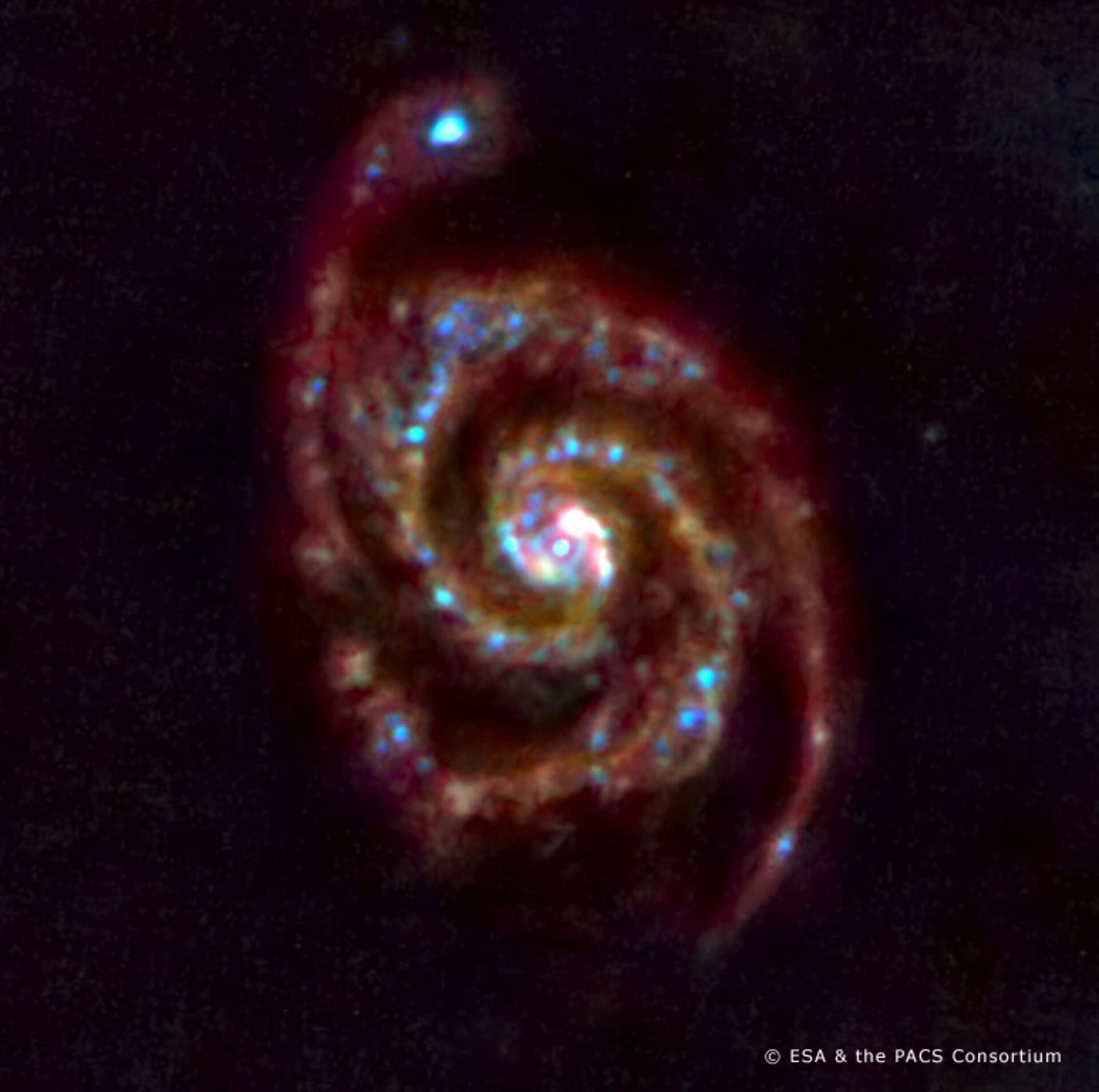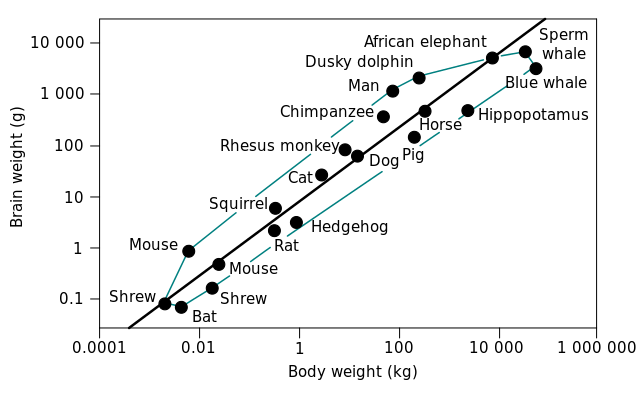We would like, once and for all, eradicate here the intentional bias. As human beings, we have always contemplated in awe our surroundings. Finding a cause for the observed happenings has mostly resulted in positive actions. Noise in the bush: make as if it is a tiger; run! We assume (maybe too much) other people's intent in their actions. That behaviour is clouding our vision of the three evolutions.
No purpose in the first evolution
The Big Bang scenario does not mention any superior intelligence leading to the Universe as we know it. Nor does the evolution of the Universe implies necessarily the appearance of life anywhere. Or at the very least, the conditions in the Universe are compatible with life. But they do not imply it. After the Big Band and the physical Universe, chemistry is working towards complexification of some open systems in very localised parts of the Universe. For example, molecular clouds see a lot of unexpected reactions leading to complex molecules (i.e. containing at least a dozen of atoms). Terrestrial planets with liquid water are likely sites of even more complex chemical reactions. But we do not observe anything in the Universe that could not be attributed to spontaneous physical interactions and chemistry. We see no intent! The Universe is just there.
No purpose in the second evolution
It is one of the (many) major findings by Darwin. There is no "reason" why a given species has appeared. Only natural selection is the main mechanism at hand to sift through random mutations in the DNA of species. There is no intent in life evolution. For a long time, people were misled to observe how well adapted the species are to their environment and conclude that something was leading the manipulation, that there was a clear intent to match each species to its environment. We know now, thanks to the neo-Darwinism, that this was a misconception. A blind mechanism (natural selection) is a much more elaborate and powerful means by which we have seen complex organisms emerging, well adapted to their environment. For example, the bat's eyes are very sensitive, thus adapted to night-life, but do not provide sharp nor colourful vision.
The tree of life is not reproducible.
No purpose in the third evolution
For a long time, it was clear to mankind that everything was organised around human beings. A cast soon invented gods to explain what we could not understand. For example, Nordic gods like Odin were there to explain the Northern Lights. The god's territory has since shrunk with the advance of science and technology. Nowadays, human beings cannot reasonably use gods as an explanation of every mystery.
The third evolution is about human social organisations. They are not controlled by genes. These organisations (for example money, countries, a football club) have a purpose on their own. But this is limited in scope, and not a single human being or organisation has a control over all organisations.
In short, there is no overall purpose in the third evolution. This conclusion is at odd with major ideologies (Marxism, Socialism, capitalism) or dictators/monarchs powers. There are many people who still believe that higher powers (be it a god or big capitalist companies) are controlling the world. I think that this is again an intent bias showing up. In practice, the third evolution with complex organisations has no purpose. The gradual change that we see around us is still very much pregnant to us all. But it is not written anywhere.
This is maybe what really struck Albert Camus when he wrote about the absurdity of life. There is simply no meaning to life.
 |
| L'étranger de Camus |






